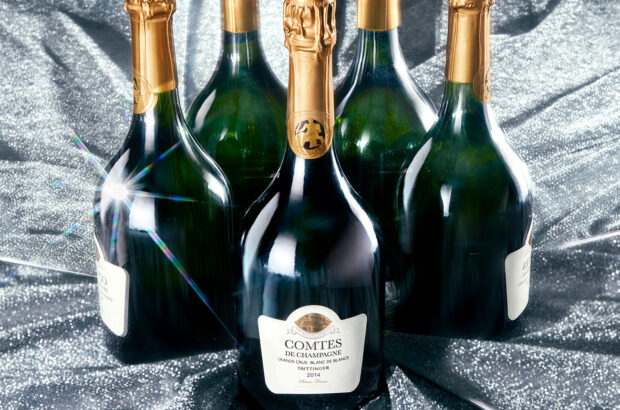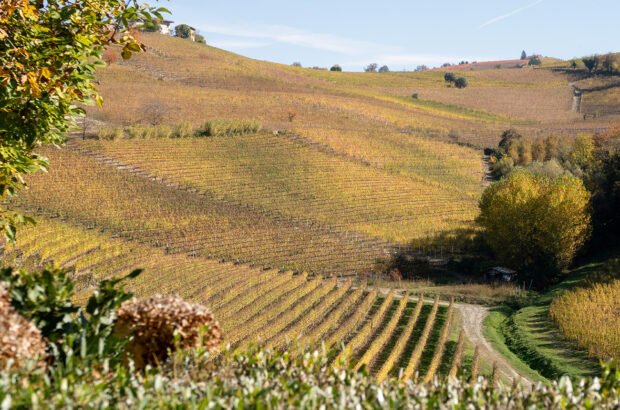Chile, particularly its coastal Limarí vineyards, was the undoubted star while our two experts suggested Argentina should focus on Malbec. See the top 10 wines from our panel tasting.
‘I knew we’d find a few unpleasant wines and lots of textbook examples, but things got more exciting with a number of expressive, well-made Chardonnays,’ said Brazilian-born Master of Wine Dirceu Vianna Jr. ‘Our 10 top wines had a different dimension, with real character, minerality, freshness and savoury notes.’
Chardonnay in South America
Patricio Tapia felt the soil type had a lot to answer for: ‘The most interesting flight was from Limarí, which is closer to Chile’s Pacific coast and has chalky soil. By comparison, the Casablanca Chardonnays, planted on more clay soils, were a bit bland and boring.’ Vianna Jr was also impressed with Itata Valley, as well as Loconomilla in Chile: ‘These wines showed great purity in almost a Chablis style, with very hands-off winemaking.’ But unlike Tapia, he struggled to identify the terroir: ‘In Burgundy you can taste the nuances but winemakers there have been working with Chardonnay for centuries,’ he said. ‘Some of the wines here have potential, but if you put them in context with the top Chardonnays of Australia, California or New Zealand, they are not at that level yet. It’s a work in progress.’
‘The evolution of Chardonnay in Argentina and Chile is very different,’ explained Tapia. ‘The first Chardonnay vines were planted in Argentina in 1996 (in Guatallary), compared to 1982 in Casablanca, Chile; and whereas the Chileans started producing a lighter, fresher style 10 years ago, in Argentina it was only about two years ago. Argentinians still associate the grape with big and bold.’
Tapia raised an interesting point: ‘Climatically, you cannot make the best Malbec in the world and also the best Chardonnay from the same vineyards – it’s impossible. Perhaps it’s better to be the master at one thing.’
More than 85% of the wines were Recommended and offered ‘good value’ to consumers. Tapia said from such a large group of wines they offered different styles for different palates: ‘From Chile, if you want a California style, go for Casablanca or Maipo. If you want an Australian or New Zealand style, Itata, Limari or Elqui will be more appropriate. In Argentina, Tupungato and Gualtallary are the two places to focus on, otherwise I’m afraid the rest of Argentina is just ABC: Another Boring Chardonnay!’












